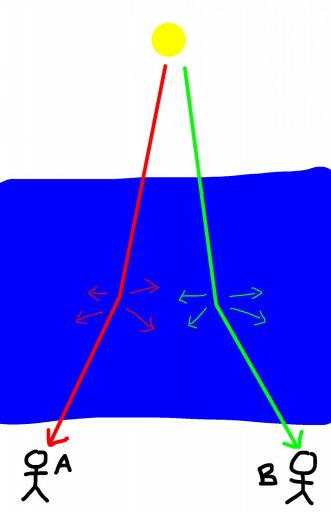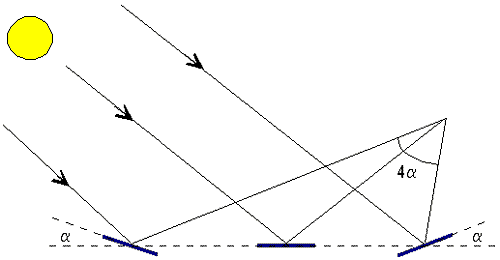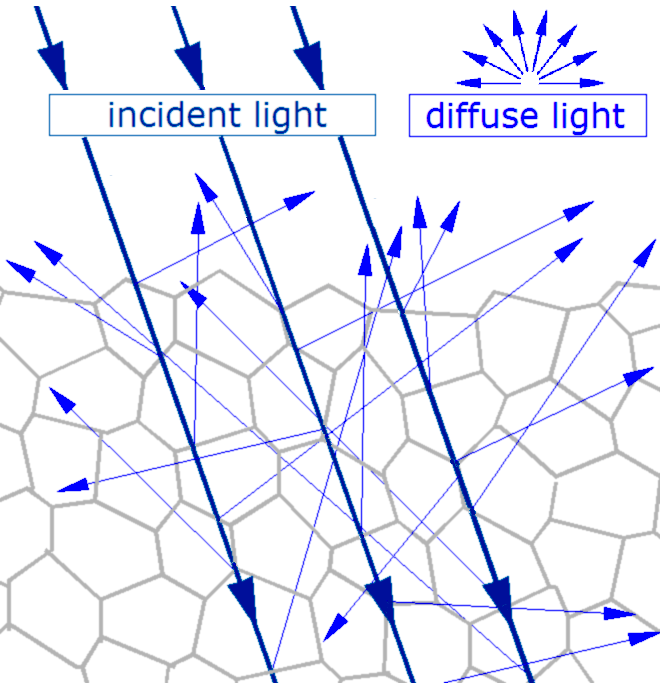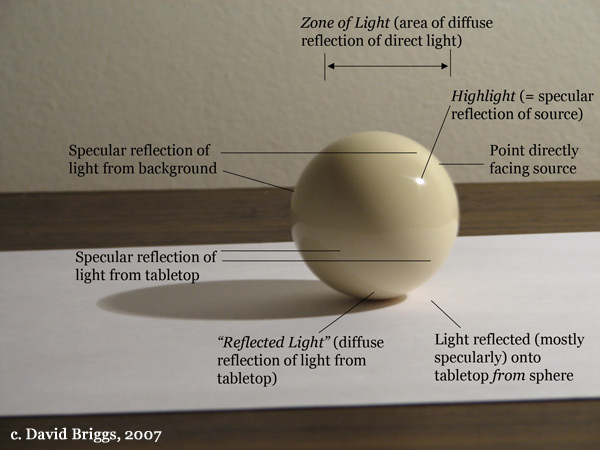NobleOne
Member
We all know that reflection of sunlight on water at sunrise/sunset is dependent on observation point. But I'm scratching my head with next question. If I'm looking this reflection at one point and another observer who is 1Km away at the shore is looking the same thing, why is it that I can not see what he is seeing if light reflects from water. Does photons carry brightness with them if light travels as physics says? If so shouldn't I see both reflections or shouldn't the whole sea be bright, having reflected sunlight everywhere?










